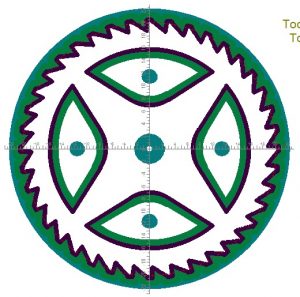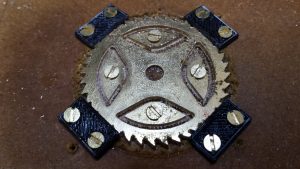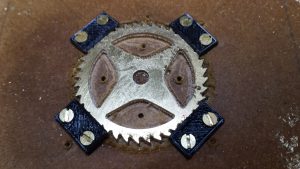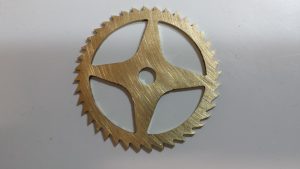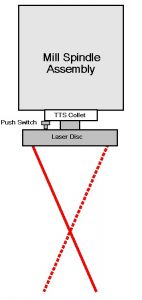Readers of my pages will be aware of my involvement with Graham at Delph in helping to further develop his Gearwheel Designer program. It seems there is a ‘gentleman’, Mr di Claudio, who appears to have stolen the design and hacked the code. He appears quite proud of his pirating activity. It is a sad reflection of the times and the industry.
Knowing as I do the amount of time Graham has been putting in on his code I would recommend anyone interested in his application to do the honourable thing and subscribe the relatively small amount requested. Without people like Graham having the innovative thought to produce such applications our hobby and indeed commercial interests would be all the poorer.
Similar or related subjects : –
- TA12 USAF WW2 transmitter and 1938 Truphonic MA5T receiver
- Sending a SMS text message to the EU from UK
- Exactly by Simon Winchester
- Addis Thermopot and Derek Palmer
- Solar Energy servicing issues
- Fathers Day gift makes me smile
- Tormach PCNC440 blood donning solved
- Haimer Taster and vacuum table retrospective thoughts
- Engineering Video Favourites Updated List
- Experiences with SFR – Orange – FreeBox in France

